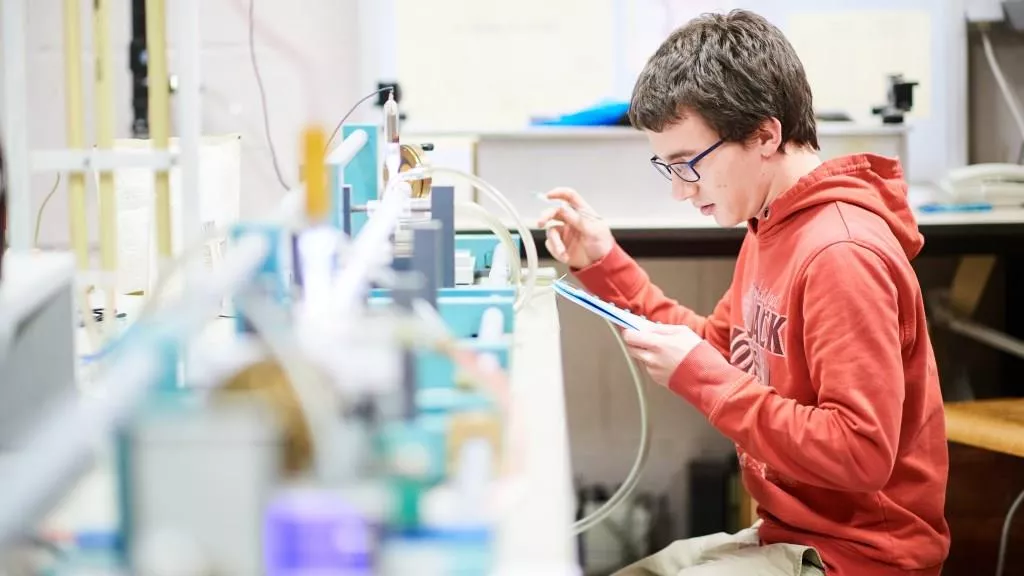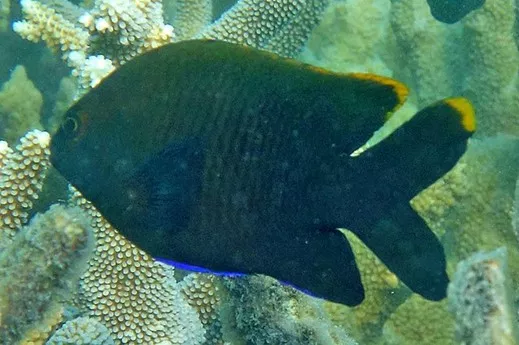The fish studied is the Australian gregory, a species of damselfish, also known as the yellow-tipped gregory, which lives in the Great Barrier Reef, making it an essential indicator species for assessing the state of marine ecosystems.
The international team of researchers studied the influence of reactive oxygen species (ROS), such as hydrogen peroxide, on the skin of this fish. ROS are produced in seawater by various biological and non-biological processes. Climate change and anthropogenic marine pollution are known to increase the concentration of ROS in seawater, particularly in the surface layers.
In this publication, the researchers make some important revelations, including the presence of spherical melanosomes (pheomelanosomes) in the skin of the fish. A melanosome is an intracellular organelle inside which melanin, the pigment that protects the skin from solar radiation, is produced. There are two types: eumelanin, which is brown to black in colour, and pheomelanin, which is beige to red and light brown. The discovery challenges previous theories that eumelanin is prevalent in fish).
More importantly, the study provides some of the first data on how ROS can impact the visual appearance of biological organisms in the natural marine environment. Indeed, if pollution alters the colour of fish, this can have an impact on their visual communication, such as when searching for a mate, and their vulnerability, particularly when spotted by a predator.
A multidisciplinary team
The fundamental data obtained in this study involved researchers in physics, physical chemistry, and marine biology. They pave the way for further research under natural conditions. They also make it possible to explore the agglomeration of melanosomes induced by ROS, the effects of changes in water pH due to ocean acidification and the contributions of various biological and non-biological processes in marine environments.
An international team
The study involved several institutions, including:
- The University of Namur, Belgium: Dr. Sébastien Mouchet, member of the NISM and ILEE Institutes
- The University of Queensland, Australia: Dr Fabio Cortesi
- The University of Belgrade, Serbia: Prof. Branko Kolaric
The full list of authors and the full version of the article are available here: "Morphological and Optical Modification of Melanosomes in Fish Integuments upon Oxidation"


Sébastien Mouchet, one of the principal scientists on this project, underlines the importance of these results.
As the global community faces the challenges of ocean pollution and climate change, the University of Namur remains at the forefront of this pioneering research, contributing to our understanding of the complex interactions between the environment and marine organisms.
Study chemistry at the UNamur

Study physics at the UNamur


